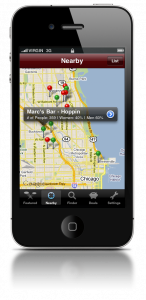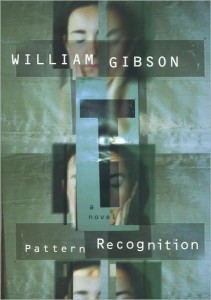 Nope. It’s not a reference to some long-forgotten 80s movie. On June 23, 2009, former Secretary of Defense Robert Gates signed a memorandum creating US Cyber Command, a separate sub-command unit of U.S. Strategic Command (STRATCOM) headed by a four-star general, (currently, Gen. Keith B. Alexander). And, despite all its digital dualist rhetoric (exemplified by the rampant use of terms like “cyberspace” and “cyber-attackers”), Cyber Command should viewed as a major step toward the augmentation of warfare. With the launch of Cyber Command, the US has quietly moved toward developing new first strike capacities that may, ultimately, prove more strategically important than even the nation’s nuclear arsenal.
Nope. It’s not a reference to some long-forgotten 80s movie. On June 23, 2009, former Secretary of Defense Robert Gates signed a memorandum creating US Cyber Command, a separate sub-command unit of U.S. Strategic Command (STRATCOM) headed by a four-star general, (currently, Gen. Keith B. Alexander). And, despite all its digital dualist rhetoric (exemplified by the rampant use of terms like “cyberspace” and “cyber-attackers”), Cyber Command should viewed as a major step toward the augmentation of warfare. With the launch of Cyber Command, the US has quietly moved toward developing new first strike capacities that may, ultimately, prove more strategically important than even the nation’s nuclear arsenal.
While most media coverage has tended to focus on Cyber Command’s defensive postures (e.g., protecting classified data, securing the power grid, etc.), Cyber Command is also developing offensive capabilities to target and cripple other nations’ communication, transportation, and utility grids. This demonstrates that, in the augmented warfare of the future, an effective assault on atoms will also require a simultaneous assault on bits.
Cyber Command’s capacities, however, are far from fully developed. A recent report by the Government Accountability Office concluded that the Cyber Command “has not fully defined long-term mission requirements and desired capabilities to guide the services’ efforts to recruit, train and provide forces with appropriate skill sets.”







